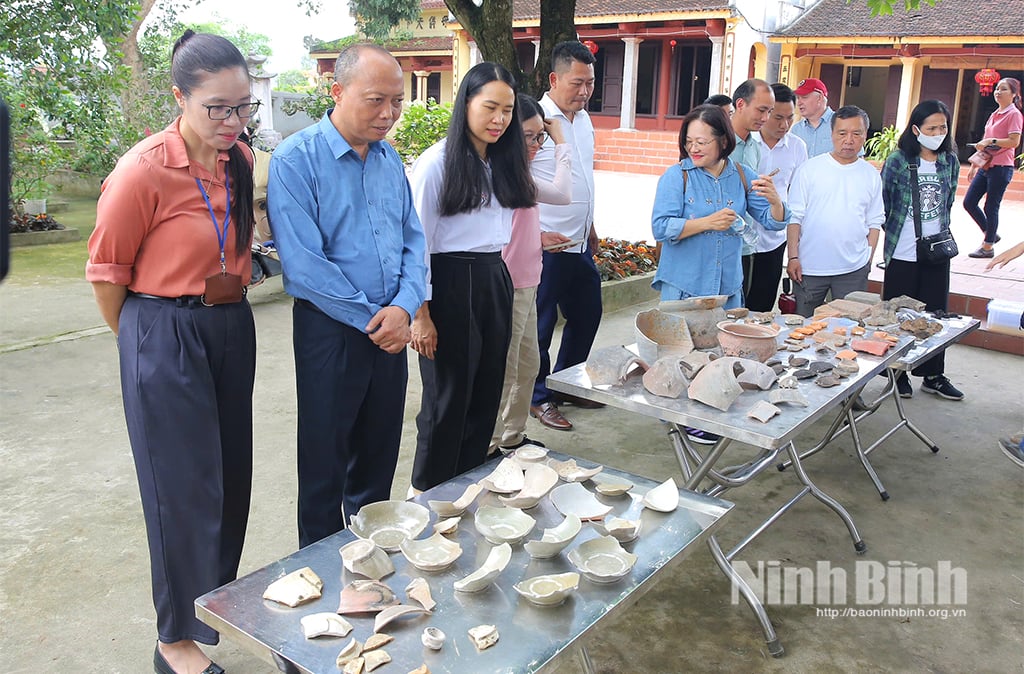
Attending the conference were leaders of the Department of Culture and Sports , Department of Tourism; experts, researchers, historians, and local authorities.
The archaeological excavation at Ba Ngo Pagoda area was conducted in 2025 by the Institute of Archaeology, Institute of History, Trent University and the Department of Culture and Sports of Ninh Binh province.
Accordingly, the archaeological excavation was carried out on an area of 32 square meters in the field near Ba Ngo Pagoda. During the excavation, scientists collected thousands of artifacts including pieces of pottery, porcelain, bricks, tiles, iron slag, animal bones, wood, tree seeds, plant samples, pieces of raw glass, finished iron pieces... from the Dinh - Le period.
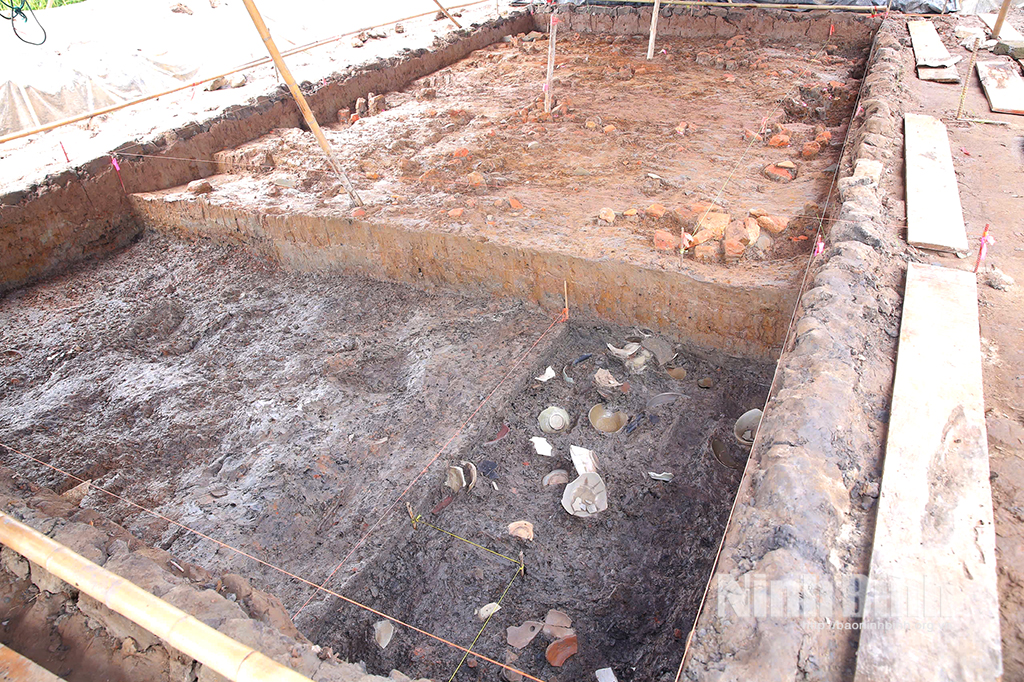
At the conference, scientists and researchers assessed that the area where the archaeological relic was discovered was a flooded area, so the artifacts were well preserved, showing many types of daily activities of Hoa Lu residents in the 10th century, including traces of bustling trade and commerce.
The artifacts will continue to be preserved and classified by age; at the same time, comparisons, assessments, and analyses will be organized according to functions and roles to clarify the picture of the life of the ancient Hoa Lu residents. These will be important data providing more valuable information for researchers and historians to deepen the scientific, historical, cultural, social values... of the Hoa Lu Ancient Capital heritage in the history of the nation.
Previously, in June 2024, at an excavation pit not far away, scientists found important traces of an iron smelting furnace and the daily activities of Hoa Lu residents.
Source: https://baoninhbinh.org.vn/phat-hien-them-nhieu-dau-tich-khao-co-quan-trong-tai-xa-549663.htm





![[Photo] Prime Minister Pham Minh Chinh attends the event "Digital transformation of the banking industry by 2025"](https://vphoto.vietnam.vn/thumb/1200x675/vietnam/resource/IMAGE/2025/5/29/0e34cc7261d74e26b7f87cadff763eae)
![[Photo] Journalists moved to tears at the Memorial Service for the soldiers who died in Gac Ma](https://vphoto.vietnam.vn/thumb/1200x675/vietnam/resource/IMAGE/2025/5/30/9454613a55c54c16bf8c0efa51883456)
![[Photo] A delegation of 100 journalists from the Vietnam Journalists Association visits the soldiers and people of Truong Sa island district.](https://vphoto.vietnam.vn/thumb/1200x675/vietnam/resource/IMAGE/2025/5/30/0984a986227d4e988177f560d2e1563e)


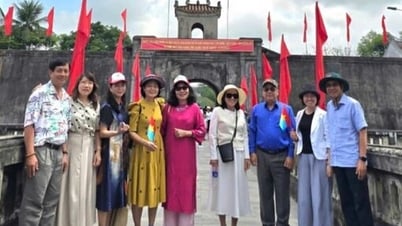



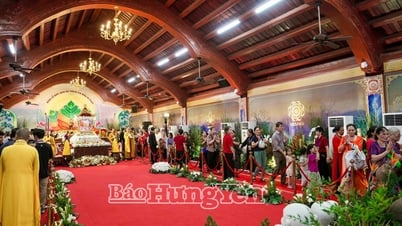








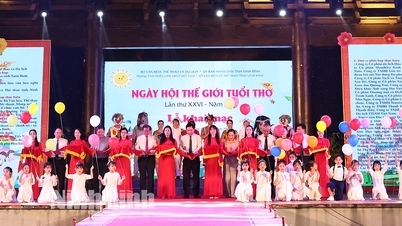
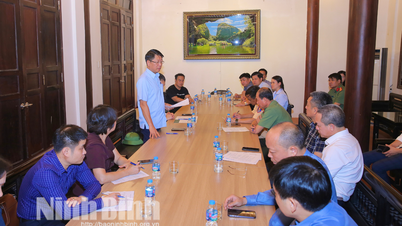

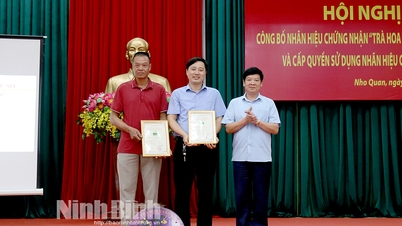
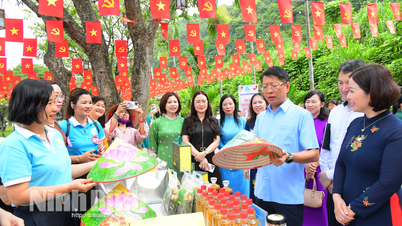








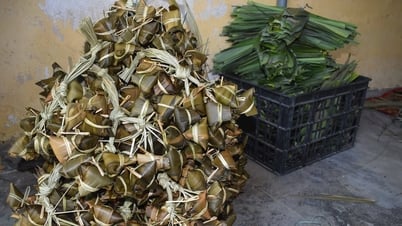

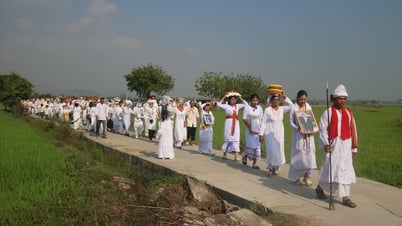

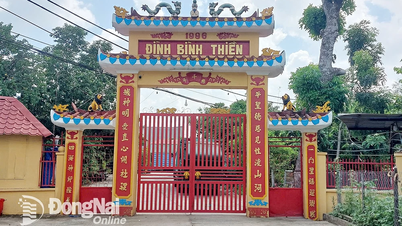









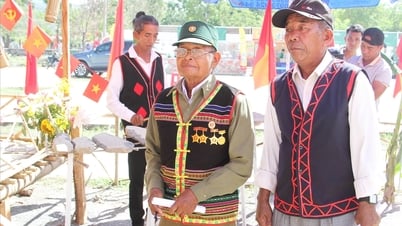























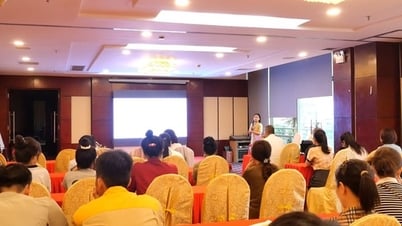
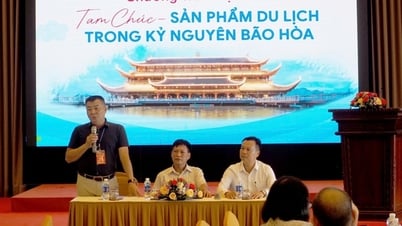
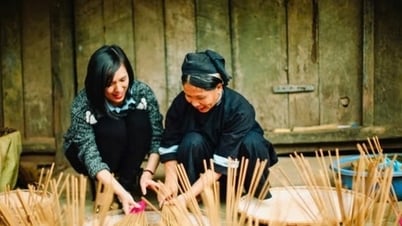


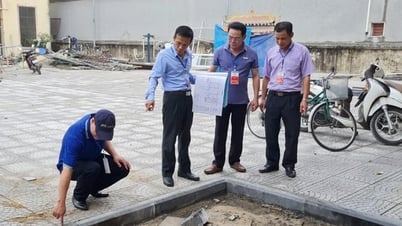
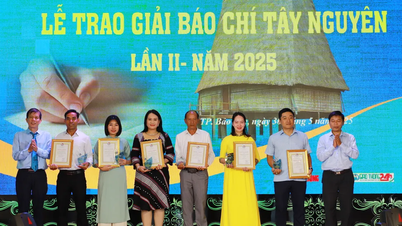



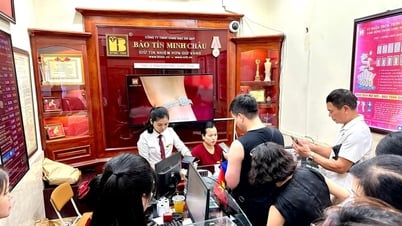



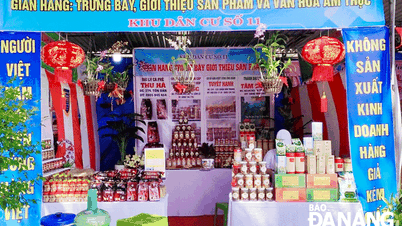


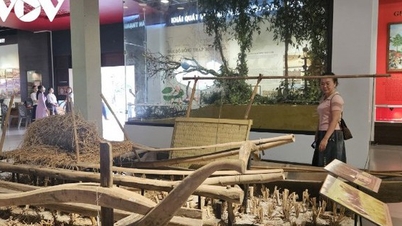




Comment (0)